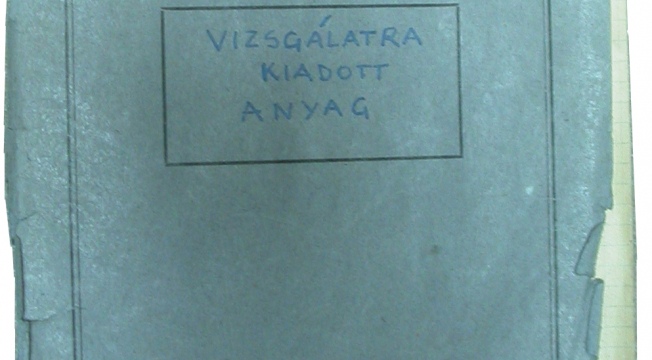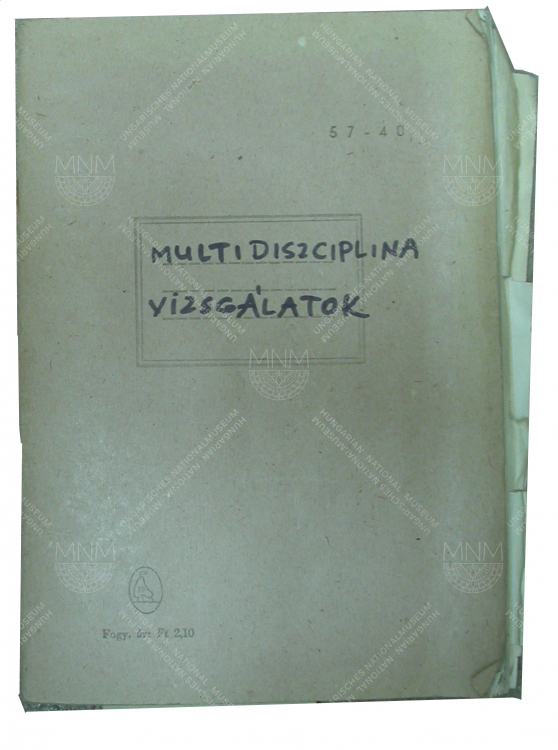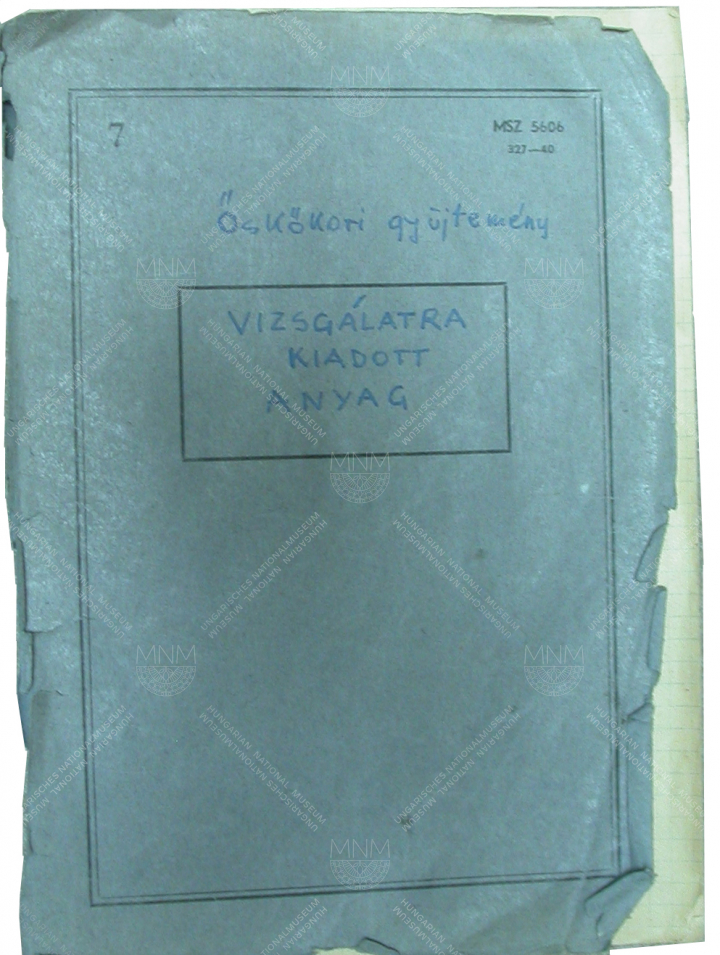
Archaeometry is an interdisciplinary science and the collective name for the primarily natural scientific investigations performed on works of art, archaeological finds, and archaeological sites. Findings are employed in the field of the social sciences first and foremost; they tell us more about the age and origins of artefacts, and about the techniques used to make them.
An archaeometrical collection has existed at the Hungarian National Museum since 2008. Moreover, there is a collection of documents of a database kind (the Archaeometrical Archive); this contains the data of examinations performed on material in the Museum’s own collections and extends from documents to do with administration to findings, hopefully published. It is needed because it enables us to follow the investigations performed on artefacts, including who performed them and when, and to know where the findings can be accessed. The other collection (the Comparative Archaeometry Collection) contains reference samples and preparata created in the course of the investigations. Both collections operate within the Department of Archaeology, primarily in connection with the Old Stone Age Collection and the Prehistoric Collection.











